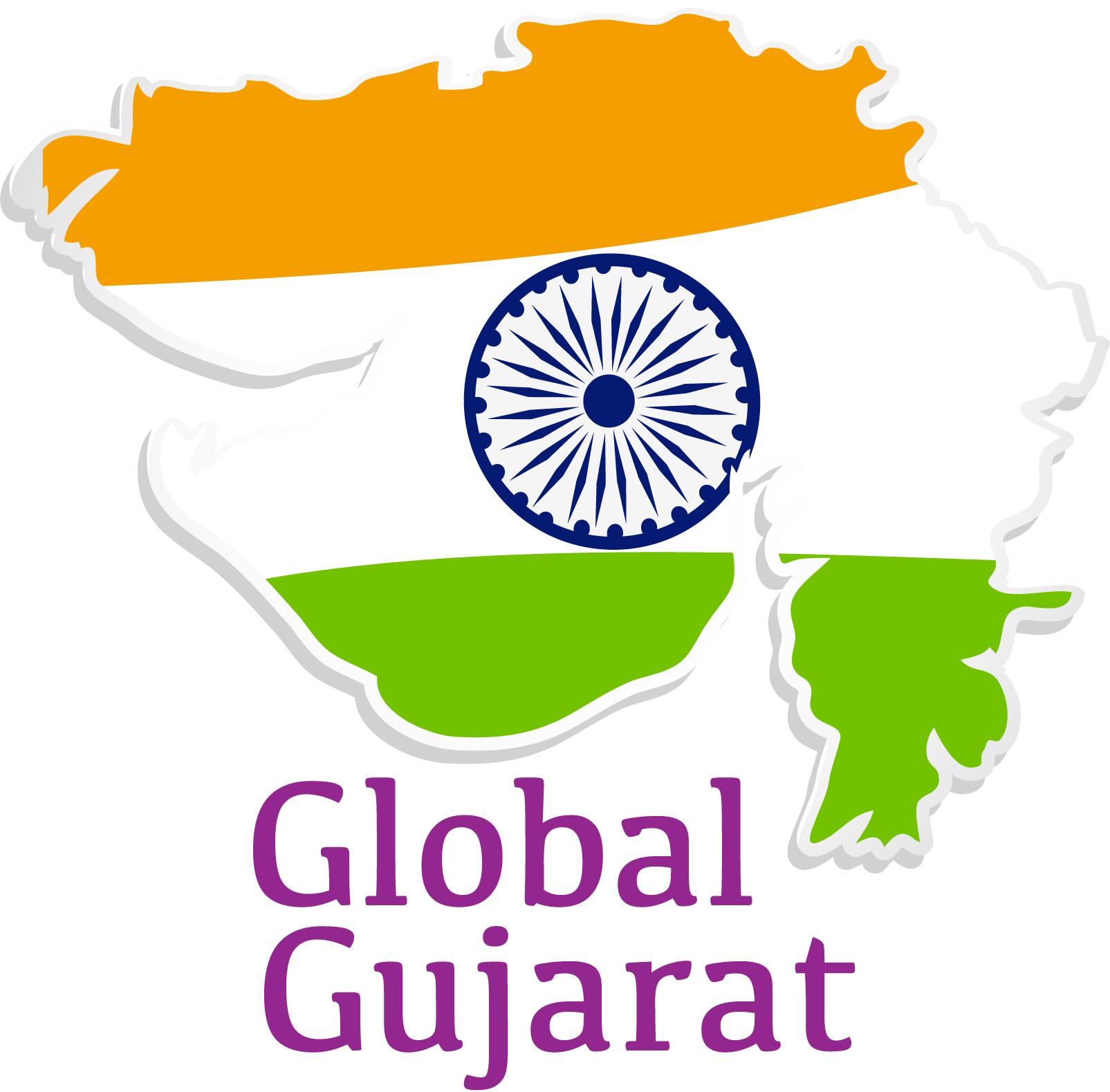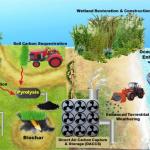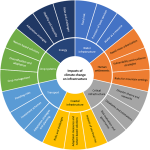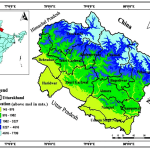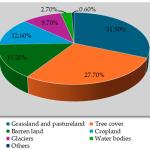Purpose of the "Impacts and Risks" Section:
- Demonstrating Real-World Consequences:
- It translates climate change into relatable and understandable impacts on various aspects of life.
- This helps to connect the science with the lived experiences of people and the functioning of societies.
- Informing Adaptation Strategies:
- By highlighting the specific impacts and risks, this section helps to identify areas where adaptation measures are needed.
- It guides the development of strategies to minimize the negative consequences of climate change.
- Prioritizing Action:
- Understanding the severity of impacts and risks helps to prioritize climate action and allocate resources effectively.
- It underscores the urgency of addressing climate change.
Detailed Breakdown of Impacts and Risks:
- Ecosystems and Biodiversity:
- Impacts:
- Species extinctions due to habitat loss and changing climate conditions.
- Coral bleaching and loss of marine biodiversity due to ocean warming and acidification.
- Changes in species distribution and migration patterns.
- Increased risk of wildfires and invasive species.
- Risks:
- Loss of ecosystem services, such as pollination, water purification, and carbon sequestration.
- Disruption of food webs and ecosystem stability.
- Water Resources:
- Impacts:
- Increased water scarcity in arid and semi-arid regions due to changes in precipitation patterns.
- Increased risk of flooding due to heavy rainfall and sea level rise.
- Changes in water quality due to increased temperatures and runoff.
- Risks:
- Conflicts over water resources.
- Impacts on agriculture and industry.
- Threats to human health.
- Agriculture and Food Security:
- Impacts:
- Reduced crop yields due to heat stress, drought, and changes in precipitation.
- Increased risk of crop failures and food shortages.
- Changes in the distribution of pests and diseases.
- Risks:
- Food price increases and food insecurity.
- Malnutrition and health problems.
- Social unrest and migration.
- Human Health:
- Impacts:
- Increased risk of heat-related illnesses and deaths.
- Spread of vector-borne diseases, such as malaria and dengue fever.
- Impacts on air quality due to increased wildfires and air pollution.
- Malnutrition due to food shortages.
- Risks:
- Increased burden on healthcare systems.
- Displacement of populations due to extreme weather events.
- Coastal Regions:
- Impacts:
- Inundation of coastal areas due to sea level rise.
- Increased risk of coastal erosion and flooding.
- Loss of coastal ecosystems, such as mangroves and wetlands.
- Risks:
- Displacement of coastal populations.
- Damage to coastal infrastructure.
- Economic losses.
- Infrastructure:
- Impacts:
- Damage to buildings, roads, and bridges due to extreme weather events.
- Disruption of transportation and energy systems.
- Increased maintenance costs.
- Risks:
- Economic losses.
- Disruption of essential services.
Key Considerations:
- Interconnectedness:
- The impacts of climate change are interconnected and can cascade across different sectors.
- For example, water scarcity can affect agriculture, which in turn can impact food security and human health.
- Vulnerability:
- Vulnerable populations, such as those living in poverty or in coastal areas, are disproportionately affected by climate change.
- The report will often highlight the inequalities that climate change exacerbates.
- Adaptation Limits:
- There are limits to how much we can adapt to climate change.
- Some impacts may be irreversible, highlighting the importance of mitigation.
In essence, the "Impacts and Risks" section provides a stark reminder of the real-world consequences of climate change, emphasizing the need for urgent action to mitigate emissions and adapt to the changes that are already underway.
